This post may contain affiliate links. If you click through a link and make a purchase, I may receive a commission at no additional cost to you. As an Amazon Associate, I earn from qualifying purchases. Read the full disclosure here.
Core strength is all the rage these days.
Tighten your core this, engage your core that. But what exactly is the core, and why should you care?
In the modern social media world, it’s easy to associate skinny and six-pack abs with core strength. Spoiler alert, aesthetics don’t always correlate with functional strength.
When you hear the phrase engage your core, are you confident?
From teaching core exercises for many years, I’ve found there is some misconception about the core, and how to engage it. Learning the core muscle names and how the body works together can clear up some of this confusion.
This article will help you be more than just confident-ish. Plus, help you put a face to a name with plenty of examples.
- Why is core strength important?
- What is the core?
- Core muscle names & exercise examples
- Other major core muscles
- Notice there isn’t a muscle called “lower abs”?
- Why core strength alone isn’t enough
- What are the best core exercises?
- Levels of core strengthening
- Is yoga or Pilates better for core strengthening?
- Wrapping up
Disclaimer: This content is for educational purposes and is not medical advice. Read the full disclaimer.
Why is core strength important?
The human body is a complex place, and we can’t afford to have slackers on the roster. Your body will always find a way to accomplish a movement. It will take what it needs at the expense of asking other structures (muscles, joints, etc.) to give more than their fair share. This leads to movement dysfunctions and injuries.
Core strength is essential for overall mobility, movement, and function.
Evidence is mixed, but there is some to suggest core strengthening can help decrease the risk for lower-body injuries.
Signs of decreased core strength
- Chronic low back pain
- Poor posture
- Difficulty with compound exercise movements
- Decreased balance
- Difficulty maintaining proper breathing patterns with exercise
- Difficulty getting up from a chair or lying down position
- Discomfort in other areas such as the hips or neck with activities
Core strength and stability contribute to success with other exercises as well. Take an overhead press, for example. If your hips are pushed forward with an arch in the lower back, there’s no engagement of the core.
Not engaging the core and maintaining proper form can put extra strain on other muscle groups, like the neck and shoulders. It’s possible that neck ache started with poor posture and core engagement.
You can have the best pelvic tilt in town. The real tell is how well your core strength integrates with movement patterns and contributes to the right balance of mobility and stability to support your body functionally.
In other words, performing a strong isolated movement is useless if it can’t support you when you start moving around.
What is the core?
Now that we know the value of core strength let’s look at the actual structure.
The abdominals get most of the attention, but technically the core is much more than that.
The most broad definition of the core is the shoulders to the hips, front and back, as those areas have a direct connection to the center of the body via muscles, fascia, and overall movement patterns.

Yeah. It’s all connected.
The core is just that – the core – the epicenter, the crossroads of the upper and lower body.
The core is involved in every functional movement we do: rolling over, getting up from bed, bending forward, turning to see something in the back of the car.
Even if you don’t realize it, core muscles are often the first in a pattern to “turn on” when you’re doing almost any kind of movement. They’ve got your back, literally.
Core muscle names & exercise examples
It’s crucial to understand the anatomy to get the most out of your fitness. Visualizing the anatomy will help you be more mindful during exercise. The next time you hear put your mind to the muscle, you’ll be ready.
Let’s go over some of the usual suspects and lesser-known celebrities that help keep your spine supported.
There are also some examples of exercises to help illustrate movements that focus more on each muscle group. It’s important to note that during these exercises, there are many muscles involved, not just one. But based on the direction of the movement, some muscles are targeted more than others.
Abdominal muscles
Rectus abdominis
Commonly known as the six-pack muscles are a pair of long muscles that run from the pubic bone up to the base of the sternum. They’re separated into left and a right connected with thick fascia in between. The rectus functions to flex the trunk by pulling the ribs and the pelvis closer together.
Examples of exercises that target the rectus abdominis include planks, crunches/reverse crunches, boat pose, and Pilates roll downs.
The obliques
The external and internal obliques give their address away, one layer on the outside and one layer on the inside. They cover the sides of the trunk extending from the ribs to the front of the pelvis. The fibers run in a diagonal plane to assist with side bending and rotation motions of the spine.
Examples of exercises that focus on the obliques are diagonal crunches, side planks, standing knee drive to opposite elbow, standing chops, and planks with an opposite knee to elbow.
Transverse abdominis
Underneath all that is this guy. This muscle runs around the inner core with fibers running horizontally to help brace everything inside.
Abdominal bracing (without pelvic tilting) and the exhale phase of deep breathing exercises isolate the TA. There’s not much movement here and it can be difficult to get in tune with cues to understand if you’re doing it right.
If you have difficulty isolating TA, you might prefer TA activation in a side-lying position so you can visually watch your belly contract/relax until your body starts to understand what it feels like.
Other major core muscles
Diaphragm
I bet you didn’t know the diaphragm was part of the core.
It has a huge role to support that thing called breathing. When you breathe in, the diaphragm contracts and flattens creating more space and a vacuum-like effect for the lungs to fill with air.
By contracting and moving downward, it’s also compressing the abdomen.

Ever have difficulty breathing while performing core exercises? The diaphragm is part of the deepest layer of the core and works in conjunction with other deep stabilizing muscles.
By holding your breath, consciously or unconsciously, the diaphragm is contributing to additional core stability.
Friendly reminder, don’t hold your breath. Difficulty breathing during exercise can be a sign of weak core muscles.
Finding the correct breathing pattern is often very frustrating for those new to core strengthening exercises. Breathing out of sync will feel awkward, like you’re fighting against yourself.
Examples of exercises to incorporate the diaphragm focus on deep breathing exercises and maintaining proper breathing while performing other strengthening exercises (which takes practice and mindfulness).
The pelvic floor
On the gravity front, what keeps everything all up inside? A muscle group called the pelvic floor. This group has a huge responsibility.
Not only do the pelvic floor muscles help control bowel/bladder function, but they also help regulate intra-abdominal pressure.
I am not a pelvic floor specialist; therefore, I’m not providing examples of exercises in this section. But I can tell you that pelvic floor therapy is much more in depth than a few Kegel exercises.
My main goal in including the pelvic floor muscle group was to 1) Inform you that it exists as part of the core and performs many unique functions, and 2) let you know that there are pelvic floor specialists out there if this is a need for you who can instruct you in the proper exercises for your condition.
Erector spinae
The erector spinae is group of muscles made up of several muscles spanning the length of the spinal column on each side from the sacrum to the base of the skull, as well as smaller muscles spanning vertebrae to vertebrae.
This muscle group is one of the first lines of defense for the stability of the spine. Multifidus is a big little guy that’s made his way to the main stage of spinal stability.
Examples of exercises targeting the erector spinae group are bird dog, prone swimmer kicks and superman, deadlifts (along with the hamstrings and glutes), and back extensions.
Quadratus lumborum
We mostly hear about this guy when there’s a problem. QL (for short) has a tough job.

QL is like a super deep, rectangle of muscle on each side of the lower back. It connects the pelvis to the lower ribs and lumbar spine.
Not only does QL help stabilize the lower ribs and diaphragm when you breathe, but it’s also a major postural muscle and helps extend and side bend the lumbar spine and stabilize the pelvis. When QL is cranky, you’ll know it.
Examples of exercises targeting QL include side planks, side plank with a hip drop, side bending with weight, chops, and Russian twists.
Psoas
The psoas major often referred to as just the psoas (pronounced: SO-as), is a primary hip flexor.
The psoas is a large muscle (one on each side of the lumbar spine) that attaches to the side of the lumbar vertebrae on the front side, so think behind all your internal organs. Iliacus joins in from the inner side of the pelvis.
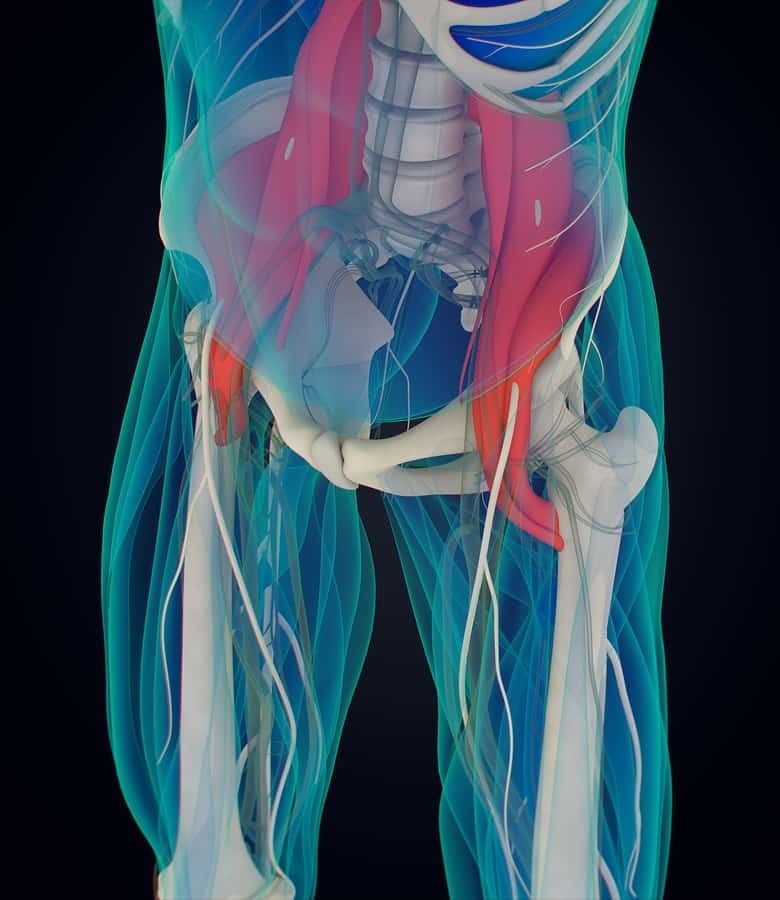
The function of the hip flexor group is just like it sounds, to flex the hip and draw the knee closer to the chest. It also helps with putting one foot in front of the other while walking.
But the psoas does so much more than that.
Because of its anatomy and deep connection to the lumbar spine, the psoas is like the unsung hero of core stability.
Sedentary jobs are commonplace nowadays, and prolonged sitting can cause the psoas to become “tight,” tugging on the lumbar spine and tilting the pelvis forward. The confusing part is that it doesn’t necessarily mean it needs to be stretched!
Say what?
In short, a “tight” muscle can also be a weak or overworked muscle, setting off a complex imbalance leading to all sorts of assorted back pain, hip pain, and more. Best to visit a skilled physical therapist and get evaluated to determine what your psoas and company need.
Exercises that target the psoas include marching with a resistance band around the knees, mountain climbers, straight leg raise. All while maintaining a stable core, of course.
The glutes
Glutes are too important not to get some spotlight in core strength.
Glute max is one of the largest and most powerful muscles in the body. In addition to extending and externally rotating the hip, another essential function is to support the lumbar spine.
Glute weakness is a common finding in chronic low back pain. Everyday activities requiring glut strength include getting in and out of a chair and climbing stairs. If the glutes are weak, the body will overwork other muscles in that area to accomplish the task. Hello, low back pain.
Exercises that target the gluts include squats, lunges, step-ups, quadruped leg lifts, bridges, and fire hydrants.
Notice there isn’t a muscle called “lower abs”?
Food for thought: I believe there’s some confusion between “feeling muscles contracting in the lower abdominal region” and suddenly naming muscles “lower abs.” Like a game of telephone, something has been lost in translation.
Remember that the rectus abdominis has a left and a right, not an upper and a lower, and performs flexion of the trunk. Muscles have fixed endpoints, to contract and produce movement. Depending on the position of the exercise, the angle/gravity, and which end is moving or fixed, different demands will be placed on the muscle.
Marchetti et. al. did an EMG study of the rectus during different tasks (curl up and leg raise). Depending on the activity, different areas of the muscle were more active — the muscle contracts as a whole, but works differently depending on the task. This mostly depends on which end is fixed (not moving) during the exercise, the ribcage or the pelvis.
If the pelvis remains fixed, contracting the rectus will result in flexion of the spine for a typical crunch. If the ribcage is fixed, contracting the rectus will result in a posterior pelvic tilt. It’s still the same old rectus abdominis and the “lower part” of the muscle can’t be independent from the rest of the muscle.
Further confusion: Many abdominal exercises involving flexion of the hips use more psoas than rectus abdominis. Psoas won’t give you a six-pack.
What’s the bottom line? Vary your abdominal exercises to place different demands on the muscles for optimal strength and function. Understand which exercises focus on which muscle groups to avoid substituting with psoas. Your specific goals will determine which exercises are right for you.
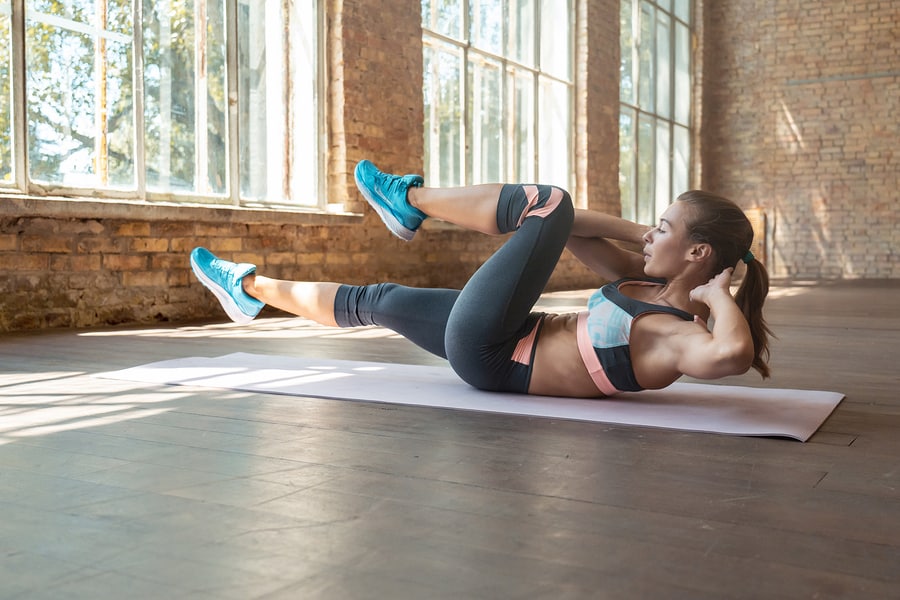
Why core strength alone isn’t enough
The focus of this article was to introduce you to the major core muscles and their role in supporting a healthy core.
Strength is only part of the puzzle. In addition to strength, spinal mobility is critical and will help support proper movement for injury prevention.
Make sure you’re not ignoring some of the great exercises for mobility out there: cat-cow, lumbar rotation, thoracic rotation, extension. Don’t forget about hip mobility exercises!
Visit the Exercise Library for stretching and mobility ideas.
What are the best core exercises?
So what are some ways to work the core that aren’t crunches. This is a bit of a trick question because the best for you will depend on your individual needs.
In the beginning stages, it can be more difficult to feel if you’re engaging your core than say, raising your arm over your head.
An isometric core exercise is much more subtle than a dynamic motion like a crunch or sit up. Because of this, many become confused if they’re even doing it right. If you’ve ever felt this way, make sure you read Body Awareness for Injury Prevention.
One of the most common responses people do when asked to engage their core is puff up their chest with air. I’m sorry to say, that’s not engaging the core. Nor is holding your breath.
Levels of core strengthening
Core strengthening (like any muscle strengthening) runs a gamete in terms of difficulty levels.
The most basic level (muscle recruitment phase) starts lying on your back, performing deep breathing and abdominal bracing exercises. These are isolated exercises where you do nothing but focus on the muscle and match your breath at the same time.
Once you’re confident you can stabilize your core at the beginning level, core exercises can progress through quadruped, kneeling, plank variations, and focusing on stabilization while moving upper and lower body.
The next step progresses to a dynamic stability phase. Examples of this include activities such as standing diagonal chops with resistance, unstable surfaces like BOSU or physioballs, and plyometrics.
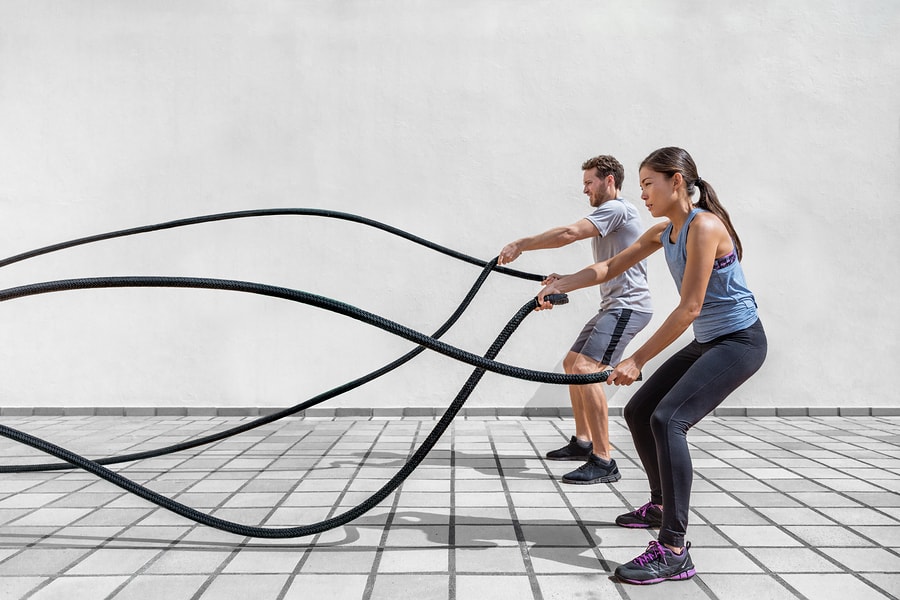
If the ultimate goal is to have your core support you through real like movements, exercises need to progress further than a pelvic tilt.
What level is right for you?
Well, as you suspected, the answer is, everyone is different. Don’t know where to start? See a physical therapist or personal trainer for a personalized program.
Is yoga or Pilates better for core strengthening?
I get this question all the time.
The answer is usually Pilates, but it depends. Let me explain.
Yoga focuses on flexibility, balance, strength, and incorporates breathing and meditation with physical activity through a series of poses. Yoga comes in many different styles of practice, some focusing more on strength than others.
The main goals of Pilates are to strengthen the core, improve posture, promote balance and overall strength, and elongate/stabilize the spine.
While there are some overlapping benefits, they are very different styles of practice.
For straight-up core strengthening, I would say Pilates.
However, it also would depend on the style of yoga it’s being compared to. During a gentle yoga style class, core strength will not be the main focus. With a more advanced power flow vinyasa style, you could see considerably more opportunities for core strengthening.
Both have a place in a well-rounded fitness routine.
Wrapping up
Core strength is essential for everyday function and athletic performance, as well as prevent injuries.
Several muscle groups make up the core. Understanding core muscle names and what they do can help you be more mindful during your workouts and help prevent injuries.
Stability and mobility are equally important. Aesthetics don’t always mean someone has a strong core.
There are many ways to work your core that aren’t sit-ups. Have a variety of core strengthening exercises, and always listen to your body!
Featured image credit: fizkes / bigstockphoto.com
References
Chang WD, Lin HY, Lai PT. Core strength training for patients with chronic low back pain. J Phys Ther Sci. 2015;27(3):619–622. doi:10.1589/jpts.27.619
Coulombe BJ, Games KE, Neil ER, Eberman LE. Core Stability Exercise Versus General Exercise for Chronic Low Back Pain. Journal of Athletic Training: January 2017;52(1):71-72.
Hsu SL, Oda H, Shirahata S, Watanabe M, Sasaki M. Effects of core strength training on core stability. J Phys Ther Sci. 2018;30(8):1014–1018. doi:10.1589/jpts.30.1014
Huxel Bliven KC, Anderson BE. Core stability training for injury prevention. Sports Health. 2013;5(6):514–522. doi:10.1177/1941738113481200
Marchetti PH, Kohn AF, Duarte M. Selective activation of the rectus abdominis muscle during low-intensity and fatiguing tasks. J Sports Sci Med. 2011;10(2):322–327. Published 2011 Jun 1.
Oliver GD; Dwelly PM; Sarantis ND; Helmer RA; Bonacci JA. Muscle Activation of Different Core Exercises. Journal of Strength and Conditioning Research: November 2010 – Volume 24 – Issue 11 – p 3069-3074 doi: 10.1519/JSC.0b013e3181d321da

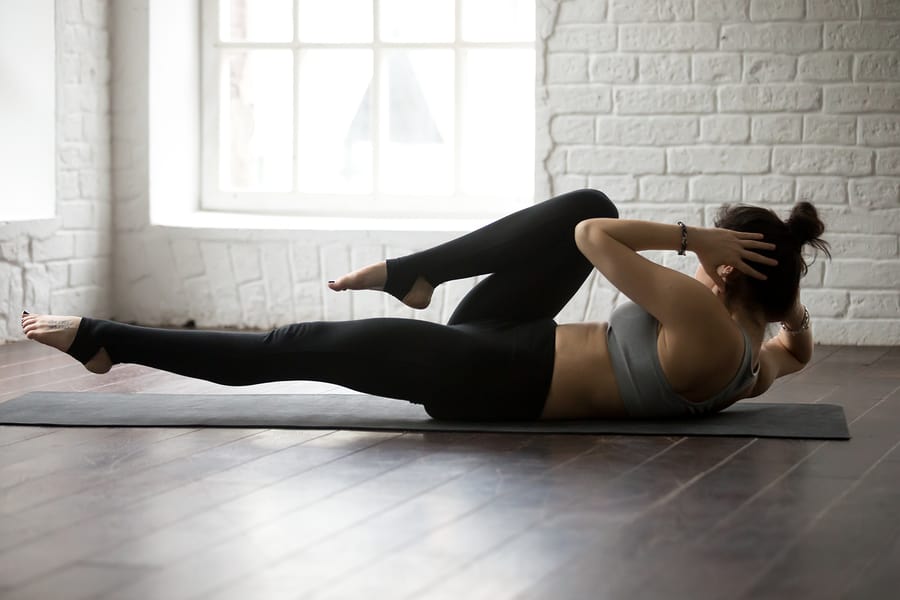
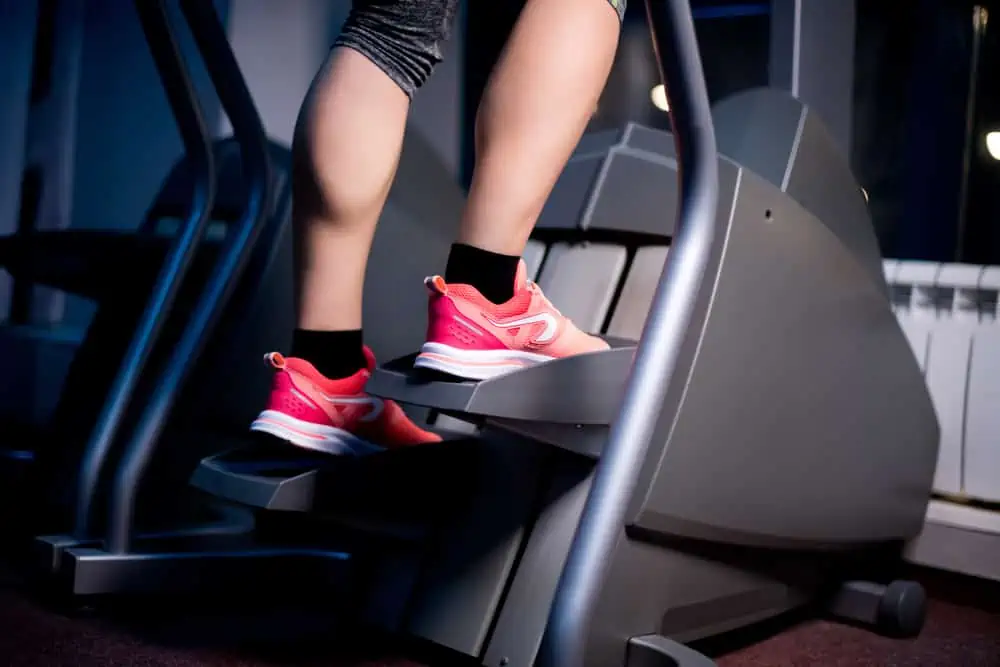

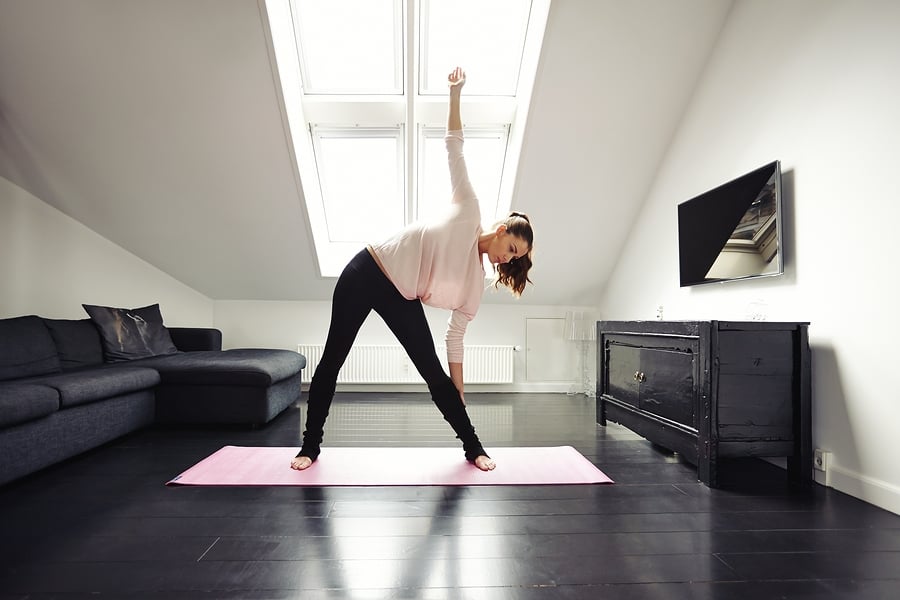
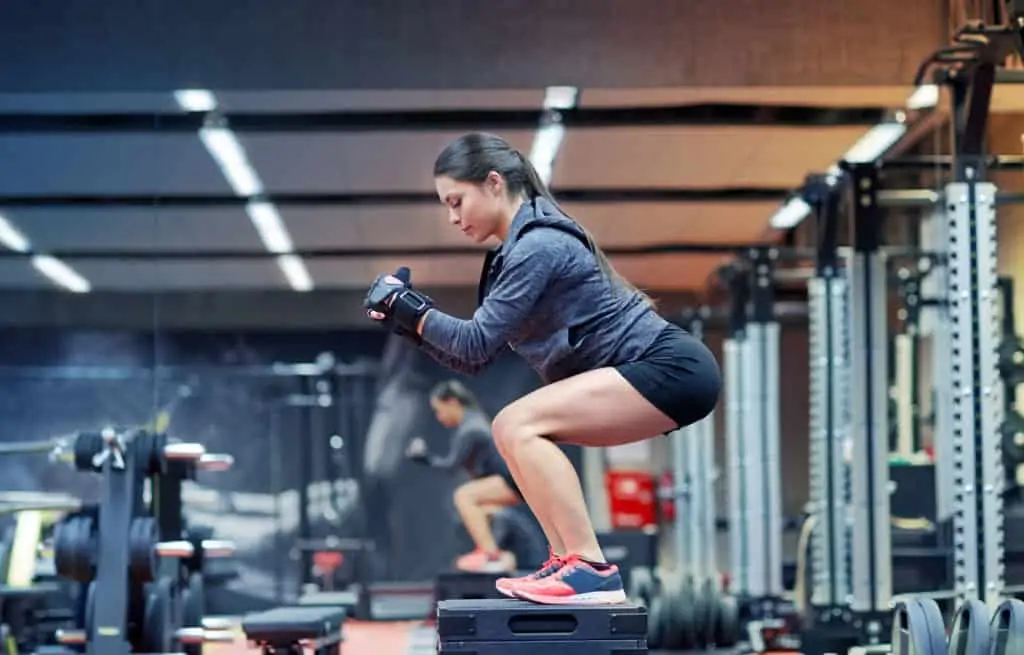
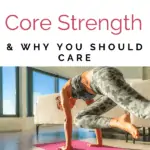
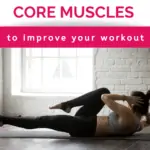
What a really well researched article. So much great information here. Loved it!
Thanks Lauren!
Great article! Very thorough and informative.
Great way to learn about the body! Core strength is important, however some people focus too much on ab workouts that they forget to add strength training to their routine!
Definitely, thanks for reading!
Maura,
Congratulations, you have arrived!!!!
Your article is AWESOME, and the presentation of the information is fantastic! A perfect balance of words and pictures ?
So timely for me as I was just thinking about how to best approach strengthening my core (honestly).
Very proud and happy for you!
Tim
Thank you, Tim! I’m glad you liked the article and the pictures were helpful to visualize the anatomy. Thanks for being a loyal reader!
This is a fabulous article!! Thank you for sharing this information so thoroughly and in a way that is understandable to all.
Thank you!
Thank you for such an informative post. Tightening my core is something I need to work on. You’ve done a fantastic job of explaining and breaking down the muscle groups and functions. I’m pinning this for future reference.
Thank you, I’m glad you found it helpful.
This is an awesome, informative post. I used to want six pack abs cause they looked cool, but the older I get, the more I realize how important core strength is for other things. I never got my six pack abs, and surprise, surprise, I have lower back problems. I’m in physical therapy for my knee as well (I’m a mess), and my physical therapists have actually added core, butt, and hip strengthening exercises to help with the pain. And it’s working! Thanks for breaking everything down like this, I feel like I understand how it’s all interconnected even more.
Thanks so much for reading and commenting! Good luck with your physical therapy.
Core strength is vital to one’s health. I love having access to an article that goes into detail about why it’s so important. When I first started on my fitness and wellness journey I had no idea how important working out my core was. Fast forward five years later, it’s always at the top of my list when I’m planning out my weekly exercises.
Perfect timing on this article for me – I really need to build my core muscles back up. THis was a great inspiration and reminder why!
Thanks, I hope you found it helpful.